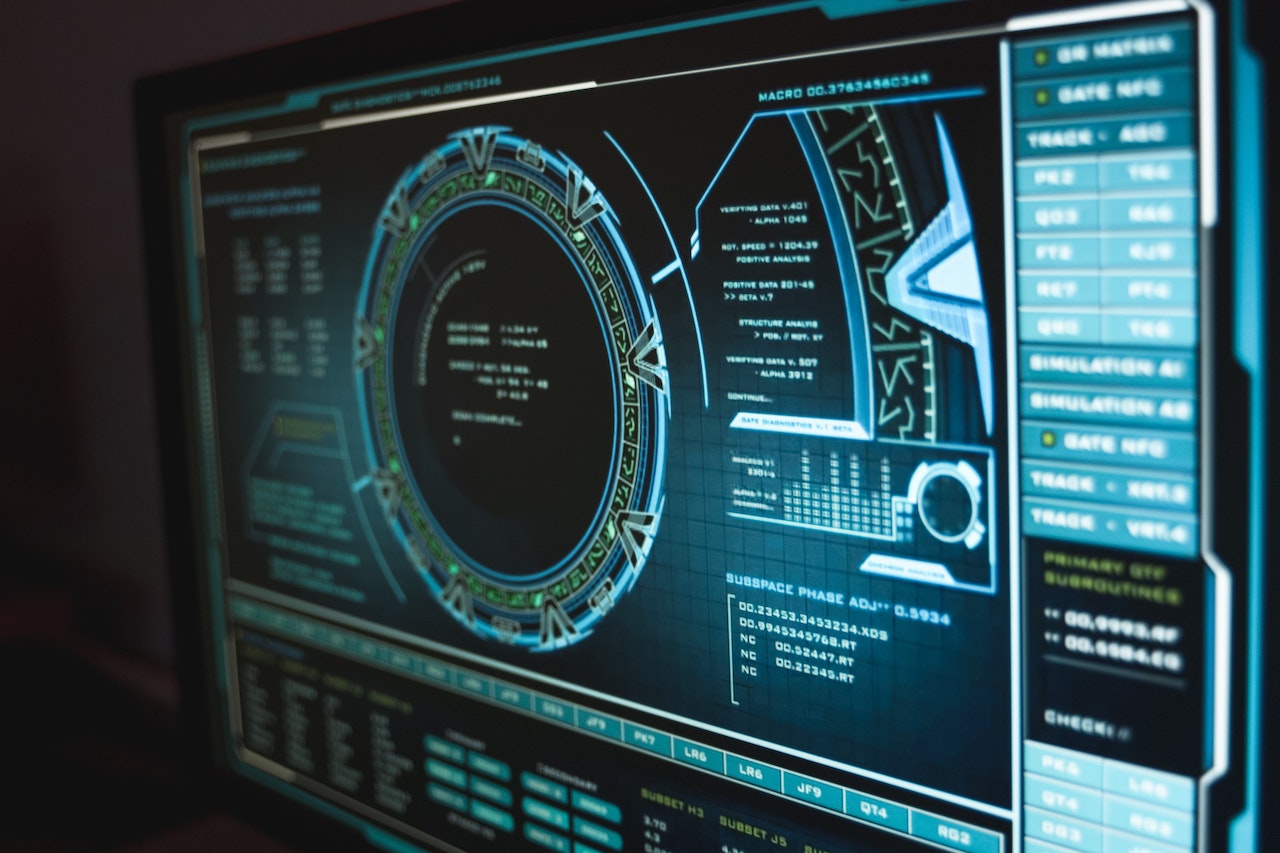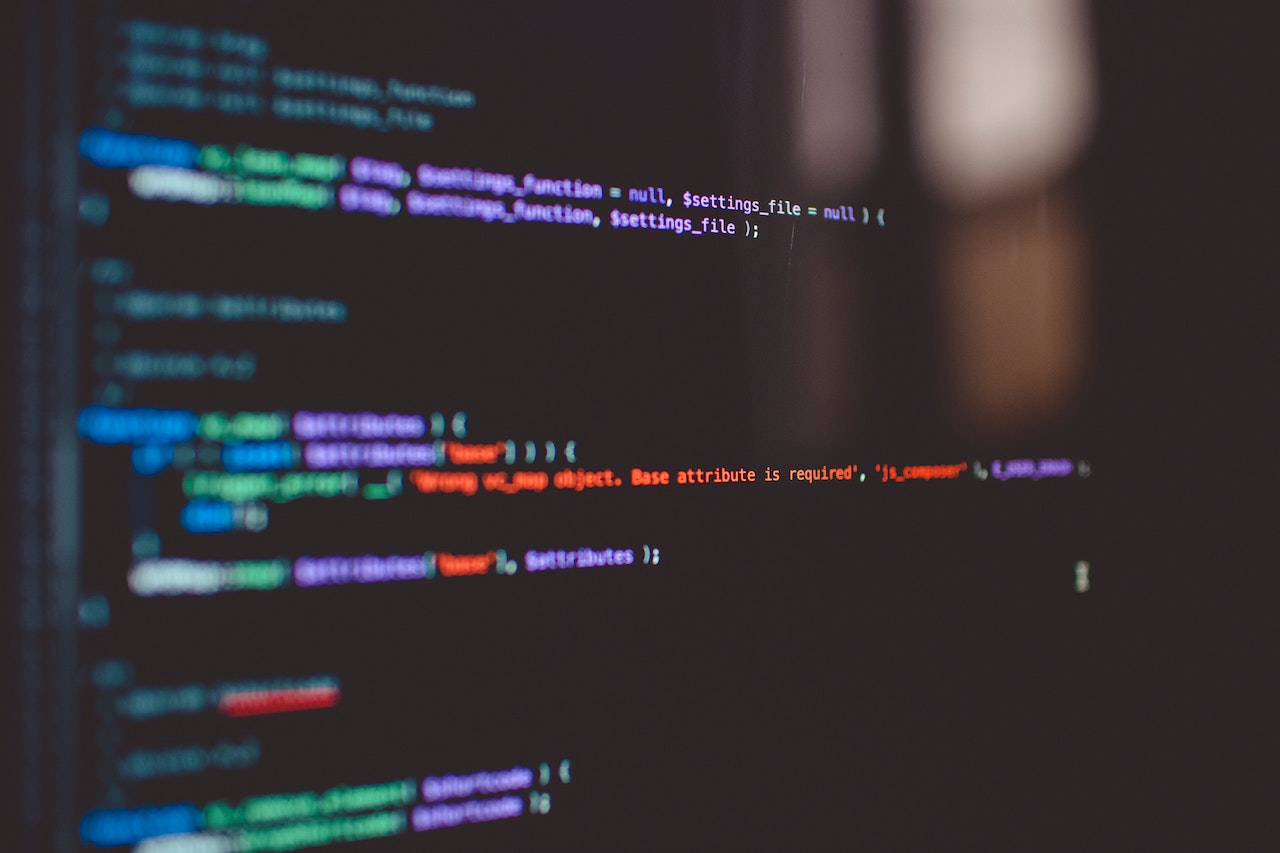Most popular programming languages for robotics
Published

Robotics involves the development and manufacture of programmable devices, also known as robots. The Boston Consulting Group (BCG) expects the robotics industry to grow to $260 billion by 2030. Although demand for technicians in robotics has declined, there were 13,400 electromechanical and mechatronics technologists and technicians in the United States in 2020.
With so many programming languages available, it can be challenging for future robotics engineers to find the best programming languages for robotics. That's why we've put together an article with the best programming languages to learn for robotics and related careers.
What is Robotics?
Robotics is a branch of technology that deals with the development and construction of robots. A robot is a programmable device that performs specialized functions and everyday tasks normally performed by humans. It is an interdisciplinary field that combines science, engineering and technology.
Programmable machines are intended to help people or imitate their actions. Robotics is becoming increasingly important in the manufacturing industry and in many industrial applications. Self-driving cars, humanoid robots, and other advanced robots could soon be commonplace.
What are programming languages?
Programming languages refer to instructions that are written on a computer to achieve specific results. Languages like Python, JavaScript, and Java are commonly used for websites and applications, while languages like C++ are used for game programming. These are just a few examples - there are hundreds of programming languages.
What programming languages do robotics engineers use?
Robotics engineers use programming languages such as Python, C, C++ and Java. However, there are also other important tools and libraries such as MATLAB and Robot Operating System (ROS) that are essential for robotics.
- Python
- MATLAB
- C
- C++
- Java
Which programming language is best for robotics?
Python
Python is an object-oriented high-level programming language. According to the TIOBE index, Python is the most popular programming language. It is easy to use and has built-in data structures that make it ideal for application development. However, this language is primarily characterized by its higher productivity.
Many robotics developers prefer Python for a number of reasons. For example, this language can be combined with other languages such as C and C++. It is also cross-platform and works well on Windows, Linux and macOS. Python is a core language of the robot operating system, meaning that all relevant libraries and tools are easily accessible through Python.
MATLAB
MATLAB is a powerful, proprietary programming language used in technical computing. Typical areas of application include mathematics and calculations, modeling, simulation, prototyping, data analysis, application development and algorithm development. MATLAB is also an important language in robotics.
Robotics engineers use this language for data analysis and control system development. It is used extensively in data processing and research. You need to learn MATLAB if you want to analyze data and implement control systems.
C
If you are new to programming and wondering which language to learn first, you should consider C. C is a fundamental language that is widely considered to be the oldest programming language. The basic knowledge you gain in C will help you develop programming skills that will be useful when learning and working with other languages.
C++
In the field of robotics, C++ is used for image processing, control loops and low-level interfaces. Many hardware libraries used in robotics use one of these languages. Such libraries enable real-time performance and interaction with low-level electronics. They are also sophisticated programming languages.
Java
Java is a widely used programming language used for mobile applications, database connectivity, web applications, desktop applications, games and much more. In order for robots to perform human-like tasks, functions must be incorporated into the programming languages. The Java language offers a wide range of APIs tailored to the needs of robotics.
Java is one of the most popular languages in robotics because it has all the necessary high-level features. Java can be used to create highly efficient algorithms for machine learning, language processing, and neural algorithms. Java also allows many developers to run the same code on different machines.
Which programming language should I learn first?
The first programming language you learn should be C or C++. C++ is a successor to the C language. Both are used for embedded development and real-time high-level programming in the field of robotics. In robotics, these languages play an important role in perception, movement, control and decision-making algorithms.
Learning C makes learning other high-level languages like Python and C++ easier. If you learn C first, you will learn how to implement everything manually. As you learn C, your logic skills will improve significantly, especially if you implement everything manually.
Is it possible to choose the "wrong" programming language?
It is possible to choose the wrong programming language for a project. For example, many developers choose Python for all their projects. This deviates from best practices because there are many different types of projects. For example, game developers would not recommend Python for high-speed video games or multi-threaded applications.
How to learn robotics
Learning robotics is a fairly simple process. If you are new to the field of computer science, you should first familiarize yourself with programming languages. A background in programming, physics and linear algebra will help you learn faster.
Learn and master programming languages
Coding is a fundamental aspect of robotics. Programming languages like Java and C++ are essential. You will need to learn how to use variables, specific functions, and create conditional statements, among other basic programming skills. We recommend attending a coding bootcamp to learn some of the programming languages used in robotics.
More about electronics
Electronics are essential in robotics. Robots are mechatronic systems consisting of hardware, electrical components and sensors. You can learn more about electronics by experimenting with Arduino boards and Raspberry Pi.
Build and program a robot
Applying theoretical knowledge to projects is one of the best ways to learn programming and robotics. Look for instructions for hands-on robotics projects - you can buy parts and components online. Start with simple projects and work your way up to more complex projects. You can also reach out to local robotics clubs for community support.
How to Learn Robotics: The Best Resources
- Introduction to Robotics. This is a masterclass led by Professor Peter Corke. It is ideal for beginners who have no knowledge of robotics.
- Electrical4U is a great learning resource that contains hundreds of learning articles on electronic topics.
- Introduction to Robotics (Stanford Engineering Everywhere). This free course from Stanford University introduces students to robotics. Topics covered include motion planning, control, programming and design.
- Fun with LEGO MindStorms EV3 robotics for beginners. This is a free Udemy course taken by over 1,000 students. It is ideal for beginners and can help you build a programmable robot.
- Robotics, learning through building. This is a paid Udemy course that will help you design and build analog electronic circuits.
Ready to get started in technology?
Robotics is an excellent career field to pursue. Mathematical or scientific knowledge is certainly helpful, but not a requirement. The path to learning robotics begins with understanding programming languages.
We recommend taking part in a coding bootcamp to learn programming languages. Not only are they cheaper than universities, but they also take much less time than studying. Are you ready to get started in technology? Join a coding bootcamp today to start your robotics journey.
Best Programming Languages for Robotics FAQ
Is Python or C++ better for robotics?
C++ is better suited for low-level programming functions, while Python is ideal for high-level code. However, both languages are very popular in robotics and have different functions.
Is coding necessary in robotics?
Yes, coding is necessary in robotics because most robots have electrical components that are programmable. It may be tempting to rely on a visual programming language, but ultimately knowledge of programming languages like C++ and Java is essential in this area.
Which language is best for AI?
The standard language for AI is Python. Python is the most commonly used programming language and is widely considered the best language for machine learning and artificial intelligence projects.
Why is C++ used in robotics?
C++ is used in robotics because it allows interaction with low-level hardware while providing real-time performance. C and C++ are sophisticated programming languages.







